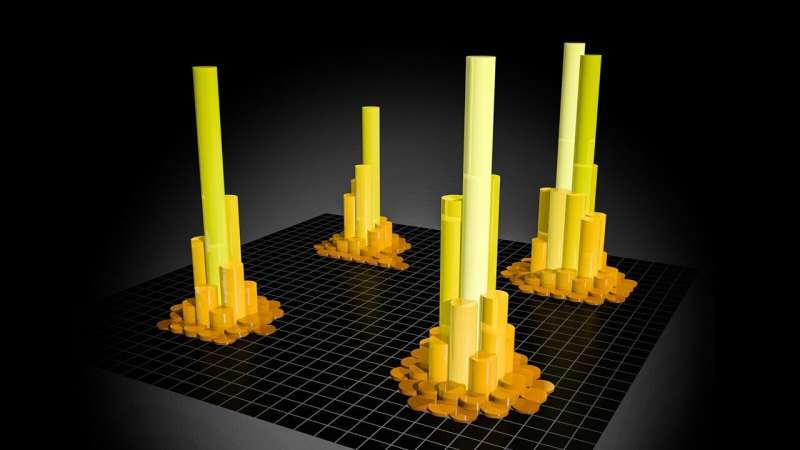Choosing the right artificial intelligence

The use of artificial intelligence is a powerful tool for studying the human genome. However, the field has been inundated with innovation in recent years due to its popularity. Due to the large number of AI algorithms available, it is difficult to determine which one is most effective. Peter Koo, a computational scientist at Cold Spring Harbor Laboratory, and his team have developed a system called GOPHER that systematically compares AI algorithms and evaluates their accuracy, reliability, and performance.
There are three billion letters in the human genome, and each individual has millions of variations. A human cannot sift through all that code in a realistic manner, but computers are capable of doing so. It has been shown that artificial intelligence (AI) programs are capable of finding patterns in the genome related to disease much faster than humans are. In addition, they are able to detect things that humans are unable to detect. It is possible that AI-powered genome readers will one day be able to predict the incidence of diseases ranging from cancer to the common cold. In spite of AI's recent popularity surge, innovation has been slowed by a bottleneck.
Cold Spring Harbor Laboratory (CSHL) Assistant Professor Peter Koo describes the current situation as "like the Wild West. Everyone is doing whatever they want.". AI researchers are constantly developing new algorithms from a variety of sources, just as Frankenstein's monster was created from a variety of parts. It is difficult to determine whether their creations will be good or bad. When dealing with computations that are beyond the capabilities of humans, how can scientists determine what is good and what is bad?
That is where GOPHER comes into play, the newest invention of the Koo lab. The GOPHER method (short for GeneOmic Profile-Model Comprehensive Evaluation) allows researchers to identify the most efficient artificial intelligence programs for analyzing genomes. Ziqi Tang, a graduate student in Koo's laboratory, explains how the algorithms can be systematically compared.
A number of criteria are used in judging AI programs by GOPHER, including their ability to learn the biology of our genome, their accuracy in predicting important patterns and features, their ability to handle background noise, and their interpretability. "AI consists of powerful algorithms that solve questions for us," says Tang. Nevertheless, she notes that there is a major problem with their answers because they do not explain how they arrived at them.
GOPHER assisted Koo and his team in identifying the components of AI algorithms that drive accuracy, reliability, and performance. By identifying these key building blocks, we can construct more efficient AI algorithms in the future. A graduate student at the Koo lab, Shushan Toneyan, stated, "We hope this will help people in the future who are new to the field."
At the touch of a button, you could determine exactly what is wrong whenever you feel unwell. Eventually, artificial intelligence may transform this science-fiction trope into a standard feature of every doctor's office. AI programs can identify unique features of our genome that may lead to individualized medicine and treatment, which is similar to video streaming algorithms that learn user preferences based on their viewing history. In order to make sure that such AI algorithms are learning the right things for the right reasons, Koo hopes GOPHER will help optimize them. It is important to note that Toneyan states that if the algorithm is making predictions for the wrong reasons, the predictions will not be helpful.
Src: Cold Spring Harbor Laboratory



Comments ()